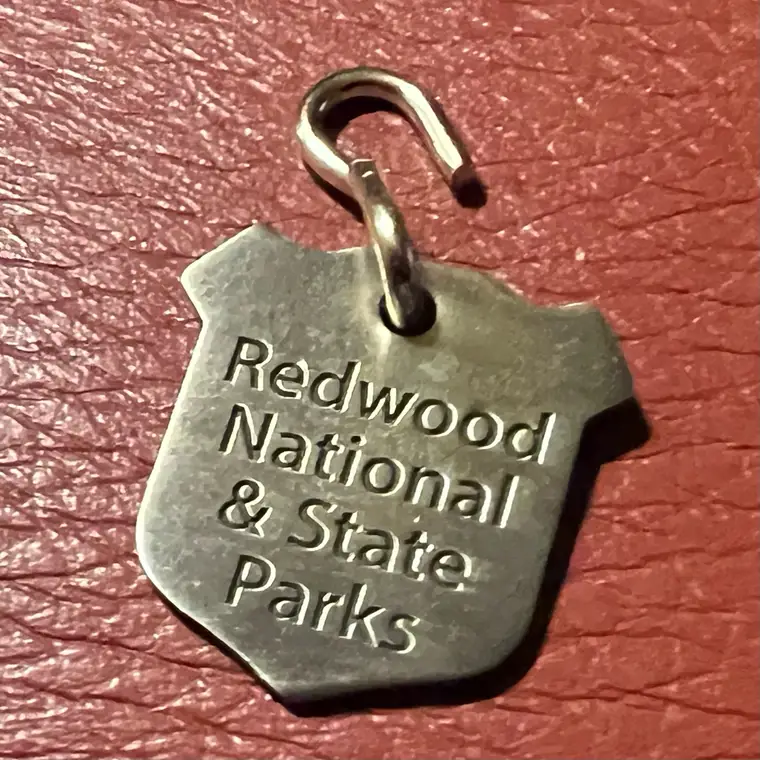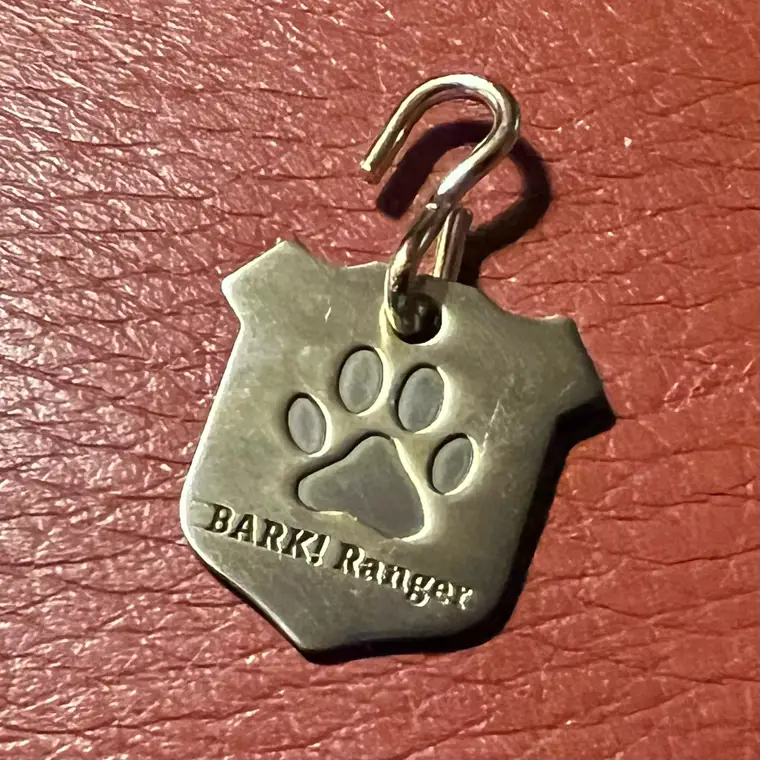Redwood Dog Policy
Redwood National Park is Somewhat Dog Friendly
This park and the co-managed state parks protect almost half of all remaining coastal redwoods, the tallest trees on earth. There are three large river systems in this very seismically active area, and 37 miles (60 km) of protected coastline reveal tide pools and seastacks. The prairie, estuary, coast, river, and forest ecosystems contain a wide variety of animal and plant species.[1]
Redwoods National Park is a somewhat dog friendly national park. While dogs are not allowed on trails, they are allowed at front-country campgrounds and along roads, including a few roads with views of the redwoods. They are also allowed on several beaches.
Redwoods National Park also runs the BARK Ranger Program, where you can earn a special dog tag by learning and following responsible practices (see the BARK Ranger section below).
- Website
- https://www.nps.gov/redw/index.htm
- Pet Policy Details
- https://www.nps.gov/redw/planyourvisit/pets.htm
- BARK Ranger
- Yes []
- Area
- 217 mi2
- Annual Visitors
- 265,177
Beach Policy
Dogs are allowed on the following beaches:
- Freshwater Beach
- Gold Bluffs Beach
- Crescent Beach
Road Policy
Dogs are alloweed along roads while on a leash of up to 6', including gravel roads. The NPS staff at Redwoods National Park recommends walking your dog along Cal Barrel Road (Prairie Creek Redwoods State Park), or Walker Road (Jedediah Smith Redwoods State Park) if you want to see a view of redwoods.
BARK Ranger
Bark Ranger is a really great program that some National Park Service destinations run. The Bark Ranger program teaches dog owners responsible behaviors with their dogs, and in return you get a special dog tag that’s different for each park (note: some parks require you to purchase the tag at the end). You start the program by going to a park office and picking up a checklist. When you complete the checklist (see the link below for more details), you can get your special dog tag.
B.A.R.K. is an acronym for:
- B: Bag your poop
- Help keep the park clean by bagging and picking up your dog poop, and properly disposing of it. Don’t leave your bagged poop on the side of the trail, hanging from branches, or throw it into the woods. Please note dog poop is not a natural fertilizer — it can carry disease that can spread to wildlife or other dogs.
- A: Always wear a leash
- Dogs must be restrained on a leash no longer than 6'. Retractable leashes that extend beyond 6' are not allowed. Not everyone appreciates a dog running up to them, and many people are scared or allergic to dogs — a leash prevents uncomfortable situations between your dog and others. Leashes also help protect your dog from running off if anything spooks them.
- R: Respect wildlife
- Dogs can chase or scare wildlife such as birds and turtles. They can also damage nesting areas. Some parks have wildlife, such as bears, coyotes, or wolves, that can threaten your dog. Please be respectful of wildlife with your dog, and if you do encounter wildlife, keep dog at distance to protect both your dog and the wildlife.
- K: Know where to go
- Know which trails allow dogs, and which don’t. Don’t leave dogs unattended in vehicles while you go off to hike. See the link below for more details.
For more information on the Bark Ranger program, please see: https://www.nps.gov/redw/planyourvisit/upload/BARK-Ranger-Brochure-FINAL-508-2.pdf
We also have a list of all parks that run the BARK Ranger program.
Location & Map
California
Have a photo of your dog here?
Note: Policies can change -- please make sure to check official dog/pet policies prior to making plans or booking travel.
Please tell us if you think there’s anything we should add or change on this page.
Credits
[1] Overview text from the Wikipedia article List of national parks of the United States, which is released under the Creative Commons Attribution-Share-Alike License 3.0.
All other text and images, except where noted, copyright ASR Concepts, LLC, all rights reserved.
